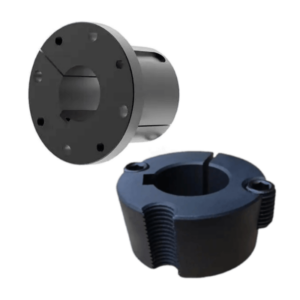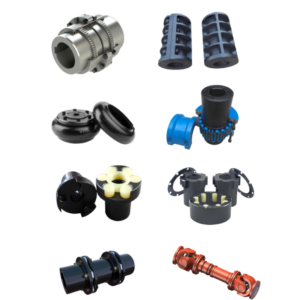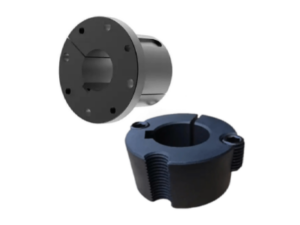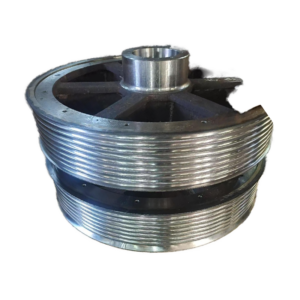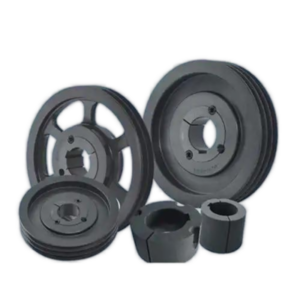Introduction
Taper bushings (or taper lock bushings) are widely used in power transmission systems to securely connect shafts to hubs of sprockets, pulleys, and couplings. A key feature of many taper bushings is the inclusion of a keyway, which provides additional torque transmission capacity and prevents rotational slippage. This article explores the relationship between standard taper bushing models and their keyway configurations.
1. Standard Taper Bushing Types
Taper bushings are manufactured in standardized series, with common models including:
- QD (Quick Detachable) Bushings – American standard (e.g., TB, TBF, TAPER-LOCK®).
- TB (Taper Bushing) Series – European standard (DIN, ISO).
- Split Taper Bushings – Allow easy installation/removal.
Each series has specific dimensions, taper angles (typically 1:8 or 1:10), and keyway options.
2. Keyway Function in Taper Bushings
The keyway serves two primary purposes:
- Torque Transmission – The key transfers rotational force between the shaft and bushing, supplementing the friction grip of the taper.
- Anti-Rotation Safety – Prevents relative movement under high loads or vibration.
Note: Some taper bushings rely solely on friction and omit keyways for lighter-duty applications.
3. Keyway Standards and Compatibility
Keyway dimensions in taper bushings follow international standards:
- ANSI B17.1 (U.S.) / ISO 773 (global) – Define key sizes (e.g., square or rectangular keys).
- Metric vs. Imperial – Keyway width/depth varies by bushing model (e.g., QD bushings use imperial, TB series often metric).
Example: A TB 50 bushing typically has a 14x9mm keyway, while a QD 1.5” uses a 0.375” square key.
4. Selecting the Correct Bushing-Keyway Combination
Consider these factors:
- Shaft Diameter – Dictates bushing size and corresponding keyway.
- Torque Requirements – High-torque applications demand keyed bushings.
- Bushing Model – Refer to manufacturer catalogs (e.g., Browning, Fenner, Lovejoy) for keyway specs.
Tip: Always match the keyway to both the bushing and shaft to avoid misalignment.
5. Installation Tips
- Key Fit – Keys should slide snugly into keyways without hammering.
- Key Length – Should not exceed the bushing’s hub length.
- Lubrication – Apply grease to the taper but keep keyways dry to prevent slipping.
Conclusion
Standard taper bushings and keyways are interdependent components designed to optimize torque transmission and assembly reliability. Understanding their relationship ensures proper selection for mechanical systems. Always consult manufacturer guidelines for specific dimensions and load capacities.

